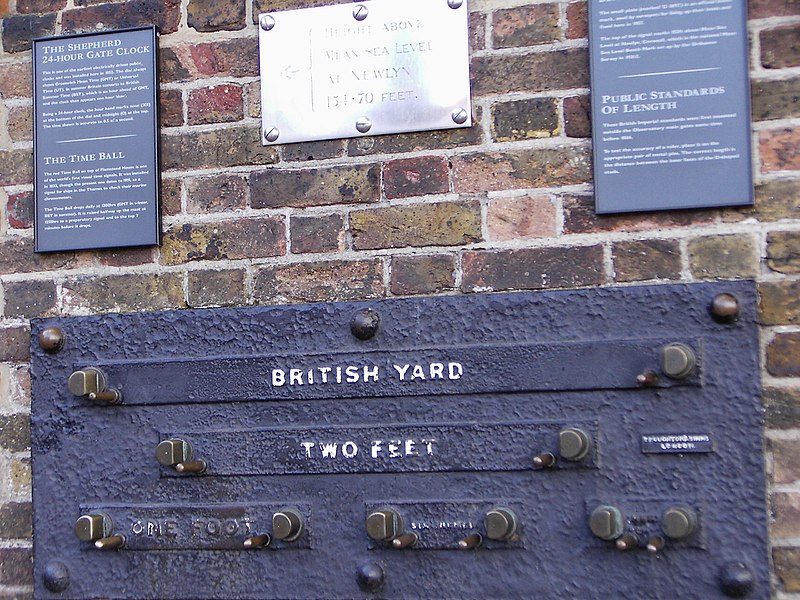
Teetotalism (US and Canadian usage) and Teetotallism (British Commonwealth usage), (also tee-totalism), refers to either the practice of or the promotion of complete abstinence from alcoholic beverages. A person who practices (and possibly advocates) teetotalism is called a teetotaler (also spelled teetotaller; plural teetotalers or teetotallers) or is simply said to be teetotal. The teetotalism movement was first started in Preston, England in the early 19th century.
Some common reasons for choosing teetotalism are religious, health, family, philosophical, fear of gastric/epi-gastric and/or social reasons, and, sometimes, as simply a matter of taste or preference. When at drinking establishments, teetotallers either abstain from drinking or consume non-alcoholic beverages such as tea, coffee, water, juice, soft drinks and mocktails.
Contemporary and colloquial usage has somewhat expanded teetotalism to include strict abstinence from most recreational intoxicants (legal and illegal). Most teetotaler organizations also demand from their members that they do not promote or produce alcoholic intoxicants.
====================
One anecdote attributes the origin of the word to a meeting of the Preston Temperance Society in 1832 or 1833. This society was founded by Joseph Livesey, who was to become a leader of the temperance movement and the author of The Pledge: "We agree to abstain from all liquors of an intoxicating quality whether ale, porter, wine or ardent spirits, except as medicine." The story attributes the word to Dicky Turner, a member of the society, who had a stammer, and in a speech said that nothing would do but "tee-tee-total abstinence".
An alternative explanation is that teetotal is simply a reduplication of the 'T' in total (T-total). It is said that as early as 1827 in some Temperance Societies signing a 'T' after one's name signified one's pledge for total abstinence. In England in the 1830s, when the word first entered the lexicon, it was also used in other contexts as an emphasized form of total. In this context, the word is still used, predominantly in the southern United States.











